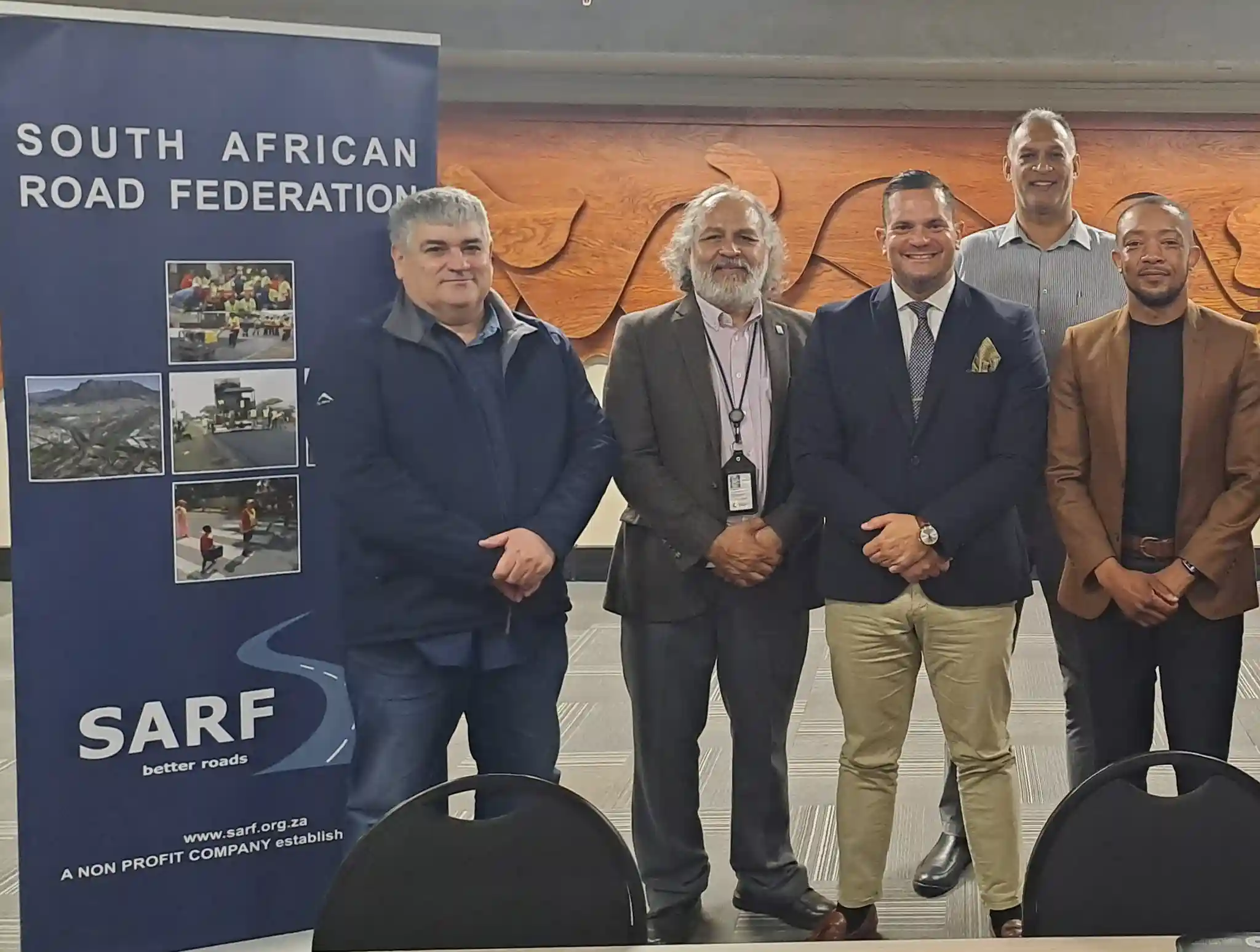Cape Town: MMC for Urban Mobility Councillor Rob Quintas delivered an address at the South African Roads Federation (SARF) annual general meeting held at the DHL Stadium on Oct 09, 2025. The event was observed under the theme ‘Cape Town’s Vision 2050’ where local road industry officials, experts and administrators shared their expertise, sound road policies and industry developments.
Quintas said that those who work in the transport and mobility space know that the work goes far beyond asphalt, intersections, and traffic lights. The roads network is the cardiovascular system of the living organism that is the City of Cape Town.
According to the Urban Mobility Councillor, its arteries need to remain clear and healthy, and it supports the beating heart, the pulse, which is the road users, whether they be pedestrians, cyclists, or motorists. If that system is choked or unhealthy it affects the rest of that living, breathing and growing organism.
Cape Town’s Vision 2050 is a blueprint for becoming a future-fit city. It is ambitious, interconnected and transformative. It is a long-term plan to build a city that is resilient, inclusive, connected, and future-fit. It’s about creating an urban environment that works for all the residents, whether they walk, use a wheelchair, cycle, drive, or take public transport.
Under the Vision 2050, the City of Cape Town is committed to designing a network that is safe. It will provide inclusivity and accessibility to every Capetonian, such as:
- Safer intersections and pedestrian crossings
- Well-marked sidewalks and protected cycle lanes
- Better lighting and visibility in high-risk areas
- Infrastructure that is accessible to people with disabilities
Councillor Rob Quintas, said that the South African Roads Federation’s technical expertise is invaluable in research, testing and guiding best practices that keep the infrastructure in research, testing and guiding best practices that keep the infrastructure strong and future ready.
Notably, the roads are also catalysts for economic growth. When they are building or maintaining a road, they are not just laying tar, they are unlocking access to jobs, schools, hospitals and markets.
The Vision 2050 prioritises roads that connect people to opportunity, especially in historically marginalised communities. Together, they want to keep building, the roads, pathways to connection, opportunity and dignity.

